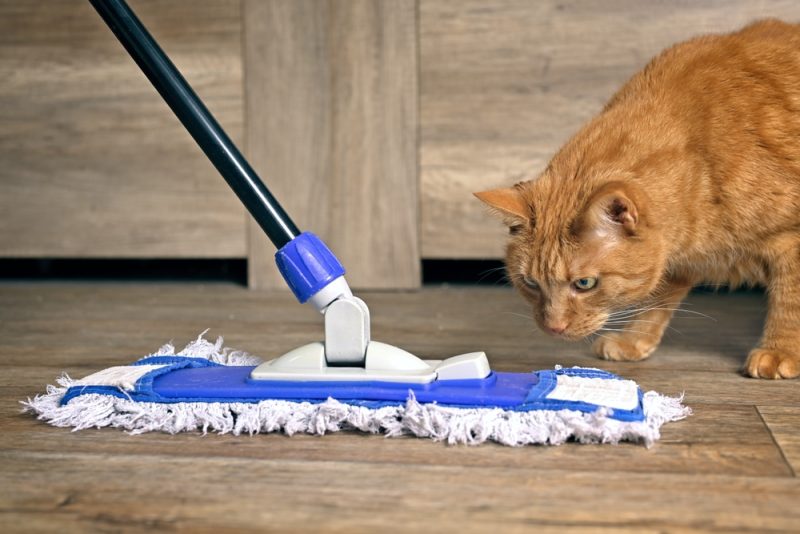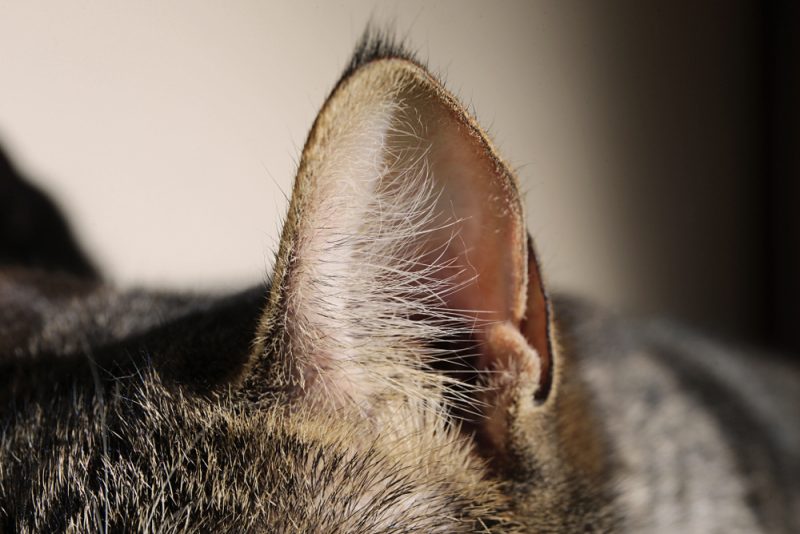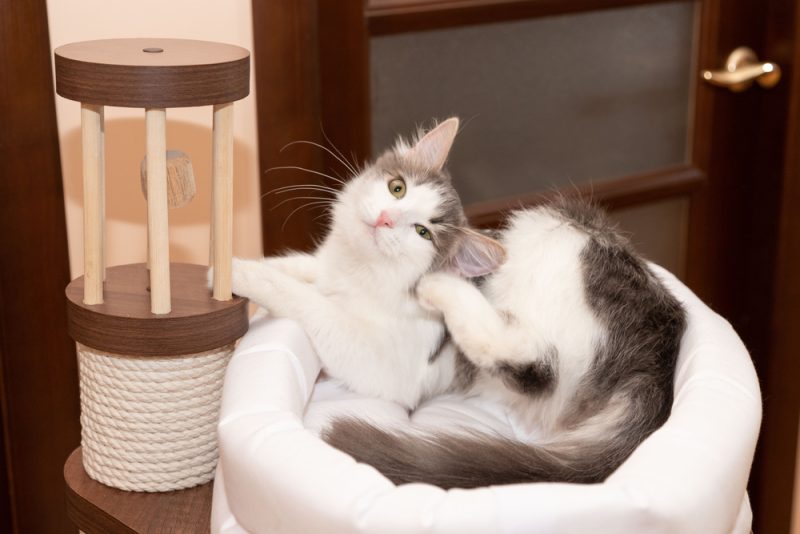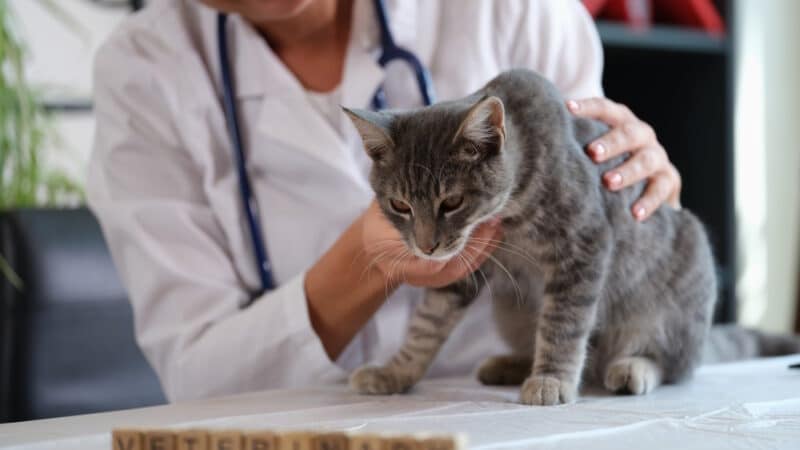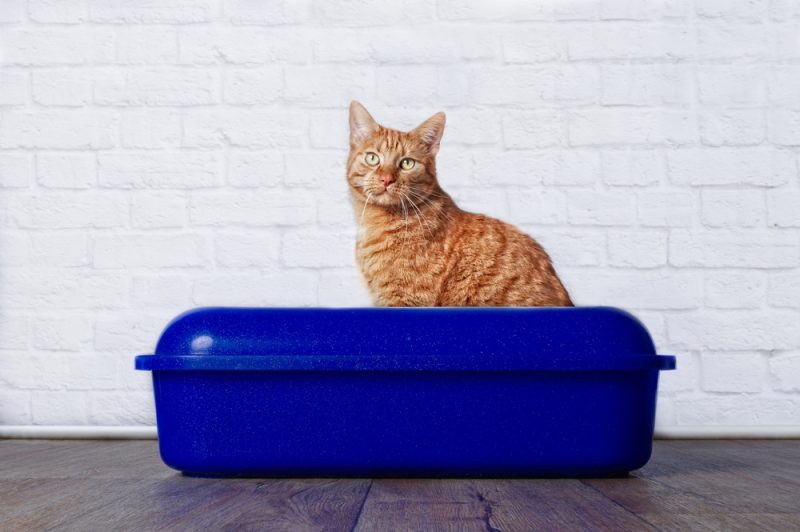You may think that living with a cat will prevent all people with cat allergies from visiting your home. While there are cases where it’s best for people with severe allergic reactions to refrain from visiting, you can do some things that can help people with cat allergies feel more comfortable during their visit. Here are some practical tips on how to prepare your house for someone allergic to cats.

Before You Start
If you enjoy hosting guests in your home, it’s often helpful to have a designated cat-free room where your guests can stay. This can help minimize allergic reactions and make preparing easier for you, as you won’t have to clean as intensively if you have a cat-free room.
Make sure also to have the right cleaning supplies. A vacuum is essential, along with disinfectant wipes and lint rollers. If you haven’t already, look into getting an air purifier that’s specifically designed for homes with pets. Air purifiers can help immensely with reducing the amount of pet allergens in the room.

The 7 Ways to Prep Your House for Guests that Are Allergic to Cats
1. Let Your Guest Know You Have Cats
It’s important to notify and remind your guests that you have cats. You can also let your guests know that you’ll have a cat-free room prepared, but this won’t guarantee that they won’t have any allergic reactions. This can help them prepare for their visit by taking allergy medication beforehand and packing any supplies they may need to minimize allergic reactions.
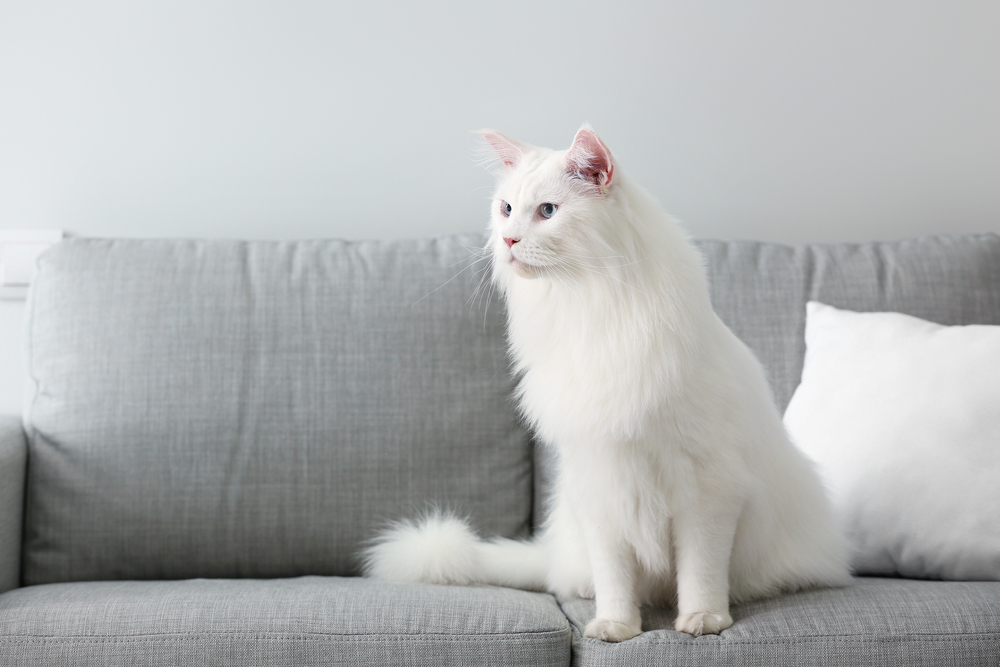
2. Temporarily Relocate the Litter Box
People with cat allergies are often allergic to allergens in cat urine, as well as those in dander and saliva. Therefore, it’s important to relocate your cat’s litter boxes if they’re placed in areas with heavy foot traffic, including bathrooms. Make sure to clean, wipe down, and disinfect the area surrounding the litter box to remove traces and odors of urine and feces.
When relocating litter boxes, look for spaces that are still easy for your cat to access. Cats may be confused by the new location, but most will take to using them without any issues if they’re still able to get to them easily.
3. Clean the Room
Thoroughly clean the designated cat-free room, even if your cat hasn’t walked into it, as cat hair and dander can still travel into the room. Use lint rollers or other pet hair removal devices on furniture and wipe down any tables and hard surfaces with disinfectant wipes. When vacuuming, pay special attention to room corners and underneath furniture, as cat hair often collects and gets trapped in these locations.

4. Keep your House Well Ventilated
Opening windows, or running an air conditioner, can help some of the allergens to exit the room. Of course, double check that your guests aren’t also affected by outdoor allergens such as pollen if you open the windows, and make sure indoor cats are safe and cannot escape.
5. Set Up an Air Purifier
After you’ve cleaned the room, turn on an air purifier to cycle through the air. This will help trap cat hair and dander, which can reduce the likelihood of your guest experiencing an allergic reaction. Keep the air purifier running while you’re hosting your guests.
If you’re looking for a new air purifier, make sure to look for ones with high-efficiency particulate air (HEPA) filters, and those specifically designed to address pet issues. These are best at eliminating all kinds of allergens and reducing pet odors.
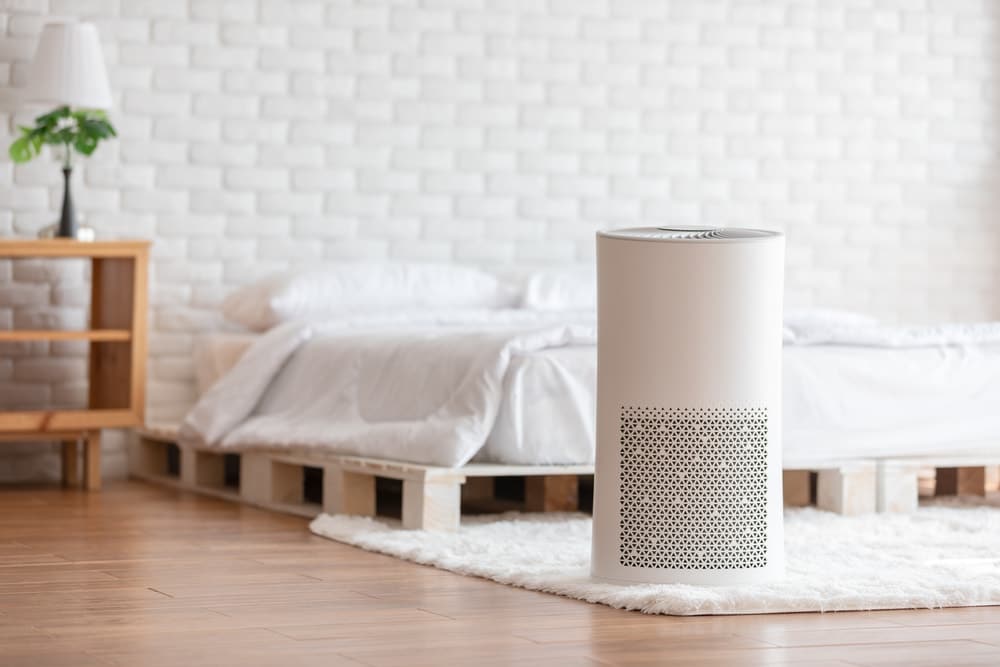
6. Keep Your Cat in a Separate Room
Some cats may be shy around guests, but others are social and curious. They can be quick to warm up to others and try to rub their cheeks against them. It’s best to keep your cat in a designated room to prevent them from coming in contact with the guest with cat allergies. Make sure that the room feels comfy and safe. Put some cat furniture in there, along with their litter box. Add some toys and treats to keep your cat entertained while you’re entertaining your guests.
7. Wear Freshly Washed Clothes
It’s easy for cat hair and dander to get stuck on your clothes. So, make sure to wash your outfit before your guests arrive. You can wash it in advance, seal it in a plastic bag, and store it in a closet that your cat can’t access. Put on the outfit as close as possible to your guest’s arrival time and after you’ve moved your cat to their designated room.

In Conclusion
It’ll take a little extra work, but it’s possible to host guests with milder cat allergies. Having a designated cat-free room and using an air purifier can work to reduce allergy symptoms. Make sure to create a comfortable space for your cat to stay in while you have people over and relocate their litter boxes if they’re in spaces with frequent foot traffic. Lastly, remind your guests that you have cats in the home so that they can do their own preparation for their visit and consult with their doctor if necessary. Doing a combination of these things can help minimize symptoms and help your guests feel more comfortable while you’re hosting them in your home.
Featured Image Credit: New Africa, Shutterstock






